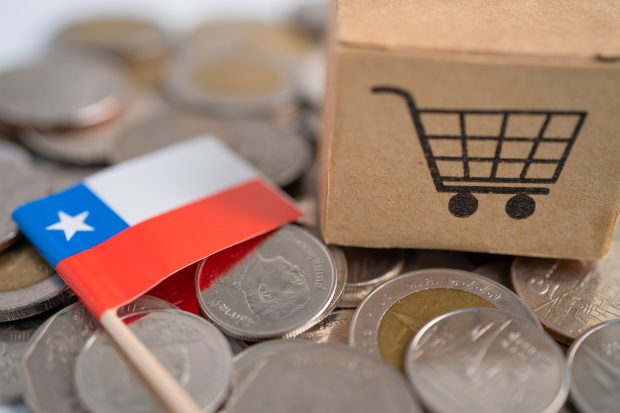Chilean eCommerce Platform Justo on Chile’s Trendsetting Role in the Digital Payments Ecosystem

Payment providers are working to bolster Latin America’s sluggish digital payment adoption rate, and many are starting their campaigns in Chile. In the Digitizing Payments In Latin America Playbook, Josip Jercic Hollub, of Chilean eCommerce platform Justo, explains why Chile’s high banked rate and enthusiasm for digital payments makes it an ideal testbed for new technologies in Latin America.
Digital payments are growing in popularity the world over, with the market expected to hit $236.1 billion by 2028. However, this growth is not evenly distributed. For example, 46% of all consumers in the Asia-Pacific region leverage a digital wallet on a regular basis, but just 18% of consumers in Latin America do the same. This market penetration is growing quickly — contactless payments in Brazil grew more than 200% last year, and contactless payments now account for more than half of in-person card usage in Chile.
Chile has fostered a reputation as a trendsetter when it comes to digital payments in Latin America, according to Josip Jercic Hollub, director of marketing and communications for Chilean eCommerce platform Justo. Chileans have a number of priorities when it comes to electronic transactions, and financial industry players are keeping tabs on these demands to market services both to them and to the rest of Latin America.
PYMNTS spoke to Hollub in a recent interview about what Chileans look for when it comes to digital payments, and why Chile can be seen as a model for electronic transactions throughout Latin America.
What Chileans Look for in Digital Payments
Chileans have a specific set of priorities when it comes to choosing the digital payment technology they use. According to Hollub, time savings and security are their top needs, particularly in contrast to the cash payments that remain the dominant form of payment in the region.
“The consumer seeks confidence at the time of payment and time savings in their transactions, as well as the security of not walking [around] with cash,” Hollub said. “The consumer seeks simplicity as well. Providers have interpreted these pillars in a good way, but they must continue working to eliminate those gaps of fraud, cloning and the misuse of data.”
These expectations are predicted to carry into the future, Hollub said, and there may even be a tempting alternative to traditional banking altogether as FinTechs begin to provide a greater share of consumers’ financial needs.
“I feel that the Chileans will always want to make use [of digital payments] more efficiently, ensuring that everything is faster and even safer,” Hollub explained. “That is why digital wallets and other ideas appear that allow businesses and users themselves to see that there is innovation. Users increasingly want to depend less on banks, and FinTechs have contributed to providing them with alternatives.”
This eagerness to embrace digital payments has led many companies to use Chile as a testing ground for new services, and the country has a number of unique characteristics that make this possible.
Chile’s Influence Over Latin America
One of the biggest factors that makes Chile a blueprint for Latin American digital payments is its rate of banked consumers — the highest in the region at 73%. This familiarity with banking services has made the country a natural fit for expanded digital payments initiatives.
“There is a lot of information and marketing surrounding digital payments, which has served to penetrate [the market] in a massive way,” said Hollub. “It is strange to think that Chile has its barriers very well defined and that in Mexico, [for example], cards are still being passed in machines without codes or recognition numbers. In Chile, there is a high responsibility to protect the user.”
Further driving Chile’s role as a leader in the digital payments sphere is its government’s active role in supporting the market. The Chilean government has focused particularly on user security, meaning that any security measures compatible with Chilean regulations will likely also pass muster elsewhere in Latin America — making it a perfect jumping-off point for payments technologies in the region.
“The state entities have gotten to know the industry and its behavior, focusing on the security of the user when using the cards,” said Hollub. “Technology and innovation have become the driving force for it to continue to advance and avoid [risks] such as fraud.”
Digital payments in Latin America may have a long way to go to match the market penetration in other regions, but Chile is the country to watch in terms of a developing blueprint for neighboring countries. Any technology that succeeds in Chile has a greater chance of succeeding elsewhere in Latin America.

